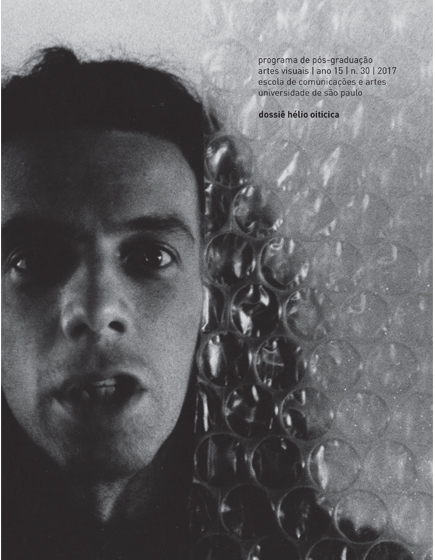Parangolé-Botticelli: installation thinking and practical reason of the art history. Transitional form and carnival geometry
DOI:
https://doi.org/10.11606/issn.2178-0447.ars.2017.138471Keywords:
Hélio Oiticica, Parangolés, Aby Warburg, transitional formAbstract
The author extends the notion of theoretical object by Louis Marin to promote the interposition of anachronic elements among themselves, namely the work by Sandro Botticelli and the Parangolés created by Hélio Oiticica. Such association allows the author to establish certain similarities, a hypothesis called Parangolé-Botticelli and that intends, above all, to reflect upon the archeology of modern illusions. Thus, if the images by Botticelli communicate an Antiquity beyond Antiquity itself, the Parangolés by Oiticica talk about an art beyond the neoconcrete modernity with which the artist was involved
Downloads
Downloads
Published
Issue
Section
License
The responsibility for obtaining written permission to use in the articles materials protected by copyright law lies entirely with the author(s). Ars is not responsible for copyright breaches made by its collaborators.
The authors have the copyrights and grant the journal the right of the first publication, with the article licensed under the Creative Commons BY-CC License.
Licensees have the right to copy, distribute, display, and carry out the work and make derivative works from it, including with commercial purposes, granted that they give the due credit to the author or licensor, as specified by them.
Licensees compromise to inform the appropriate credit, provide a link to the license, and indicate if changes were made.
Respected the terms of the license, the licensors/authors are not allowed to revoke the conditions above mentioned.
After the publication of the articles, the authors keep the copyrights and the rights to republish the text exclusively in unpublished books and collections.


